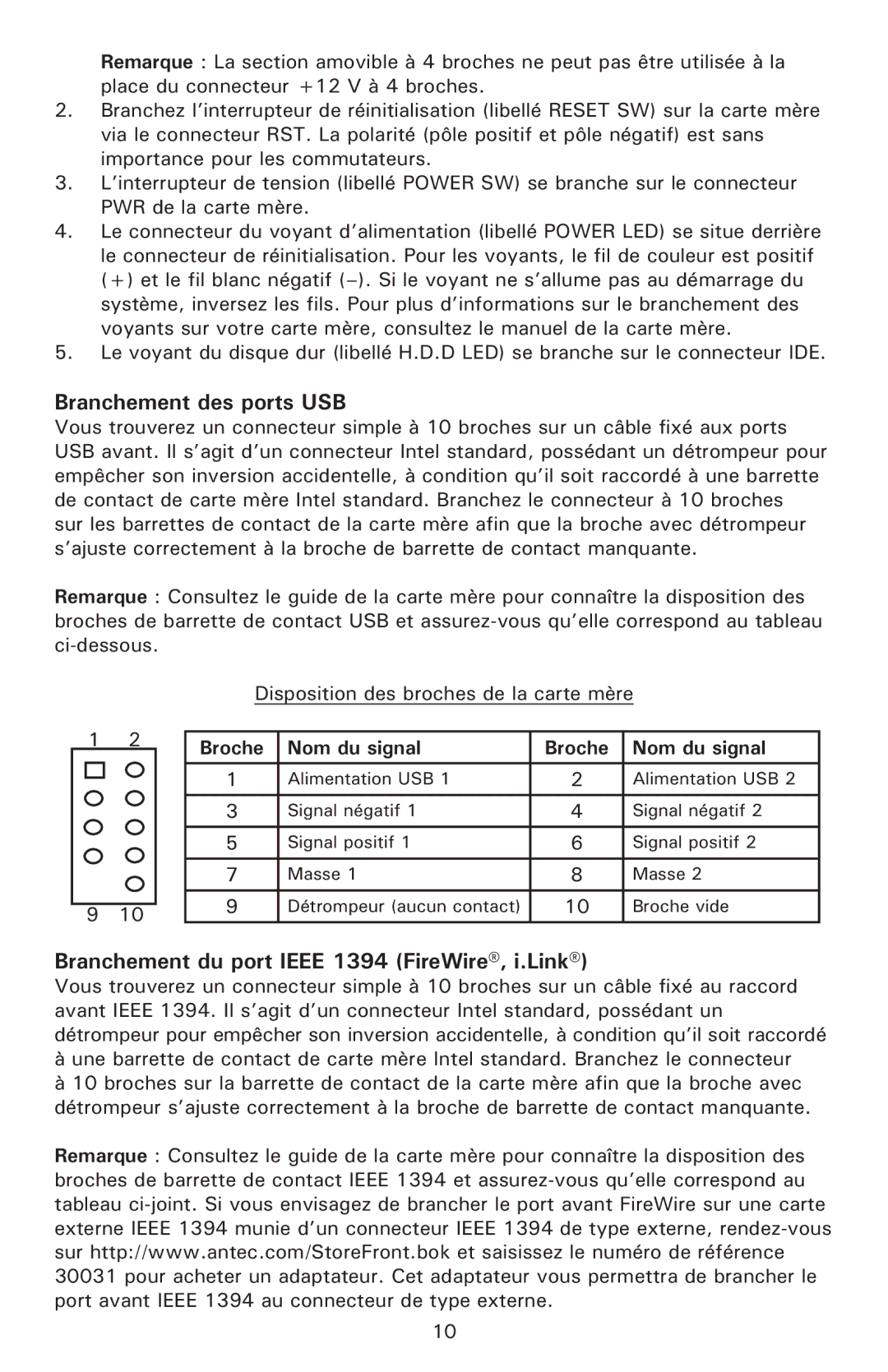NSK 6580, NSK 6000, NSK 6580B specifications
Antec has long been a well-respected name in the computer case market, known for offering quality builds that blend functionality and aesthetic appeal. Among their range, the Antec NSK 6580B, NSK 6000, and NSK 6580 embody a perfect synergy of form and function, designed to cater to both casual users and gaming enthusiasts alike.The Antec NSK 6580B is defined by its sleek, understated black finish. This mid-tower case is particularly appreciated for its robust design that ensures excellent thermal performance. One of the key features of the NSK 6580B is its Dual-Layer design, promoting superior airflow with ample ventilation options. It supports up to six fans, allowing users to achieve optimal cooling, even with high-performance components. The case also comes with sound-dampening materials, resulting in a remarkably quiet system operation which is ideal for multimedia applications and gaming.
Another noteworthy model, the Antec NSK 6000, focuses on versatility and expandability. The case is designed to house multiple storage drives and provides ample space for high-performance hardware. With front-access USB and audio ports, the NSK 6000 ensures easy connectivity. Furthermore, it incorporates a partitioned design that keeps the power supply separate from the main components, enhancing cable management and airflow. This design philosophy also helps in reducing the overall noise generated by components, thus making for a serene computing environment.
The Antec NSK 6580 brings together the best of both worlds, striking an exquisite balance between performance and aesthetics. This case supports multiple cooling options and allows users to equip their systems with powerful graphics cards. Its clean lines and elegant styling make it a well-suited choice for any workspace or gaming setup. Features like tool-less drive bays simplify installation and upgrades, while adequate room for motherboard expansion enhances usability.
All three models showcase Antec's commitment to quality build, offering durable materials and an array of features tailored to meet the needs of modern users. With support for advanced cooling technologies, efficient design for optimal airflow, and user-friendly features, the NSK 6580B, NSK 6000, and NSK 6580 stand out as exemplary mid-tower cases in the competitive market. Whether for a silent office setup or a powerful gaming rig, these cases provide a solid foundation for any computing experience.

